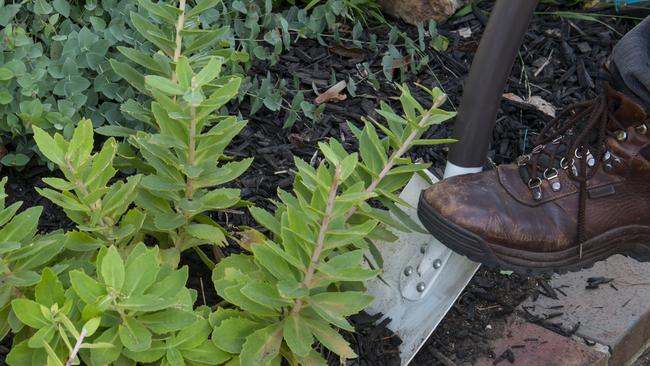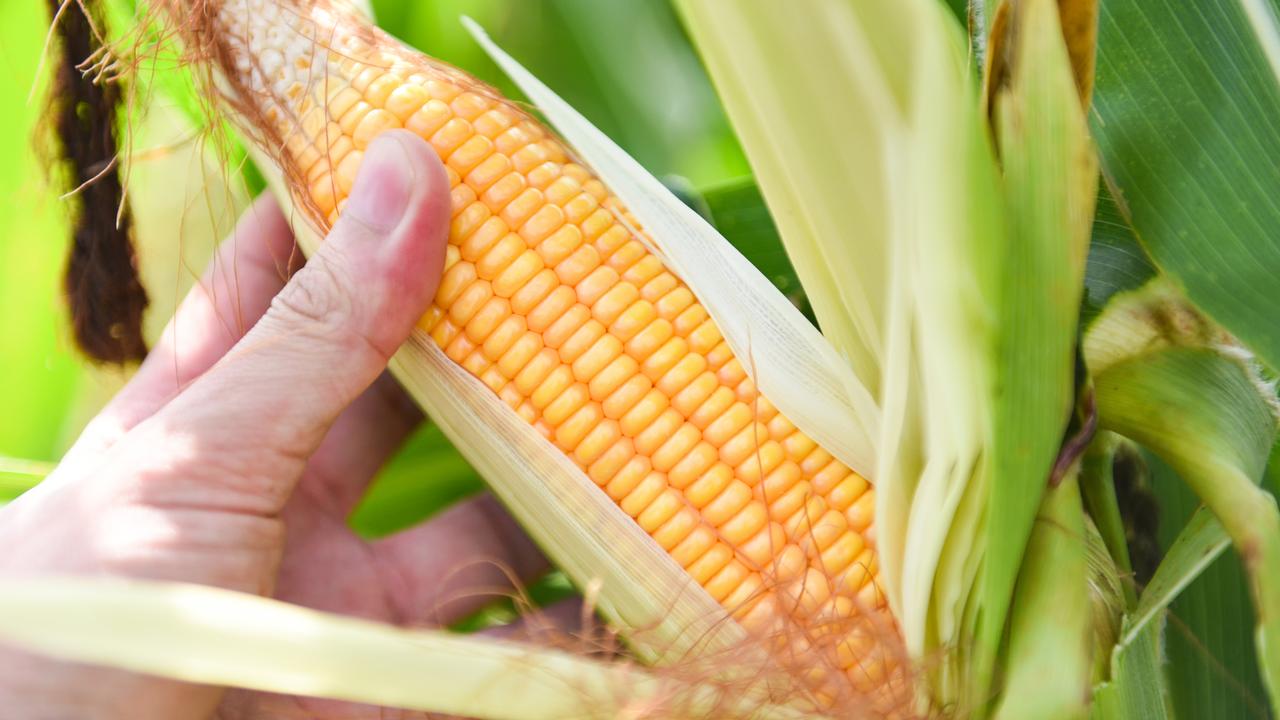Tony Fawcett: Divide your perennials, save your cash
Want to add more flowers to your garden, but don’t want to spend money? There are so many flowering perennials that can be divided to create new plants. Find out how.

I’M a bit of a Scrooge when it comes to buying plants.
I hate spending big money on them, especially when I know there’s a cheaper way.
That’s why I love my flowering perennials. There are just so many of them that can be divided to create new plants.
For gardeners wanting to achieve a spectacular massed effect, perennial division can be a money-saving godsend.
I’m currently getting stuck into my Sedum Autumn Joys. These hardy succulents are indeed a joy when it comes to creating new plants. So easy.
From now into winter they are right for dividing.
In fact, they are so resilient there is practically no time of year when they can’t be divided.
It’s a simple matter of plunging a sharp spade in and under a clump, prising it out and, with the same spade, slicing it into reasonable-sized divisions.
In fact, I’m moving my divided sedums elsewhere from where they were happily growing.
You see, the lady gardener who must be obeyed decided she wanted the bed for her latest infatuation, another perennial, the mauve flowered and lushly foliaged Veronica perfoliata, a native sometimes known as Digger’s Speedwell.
I respect her view of this native veronica — it’s a fabulous plant — but my ulterior motive here is creating elsewhere an even better massed planting of Sedum Autumn Joys than the last one.
The trick in dividing perennials is to get to them when their roots are plump with nutrients.
With larger plants, you might need to dig a trench around the plant, roughly around the outer drip line under the foliage.

Get plants settled into a new position over late autumn, when soils still contain some warmth, or winter and they will burst forth with vigorous growth come spring.
Perfect for the treatment now are compact growing perennials such as agapanthus, daylilies, bearded iris, pokers and salvias.
Late-flowering perennials are best left until spring.
An old rule of thumb is that if a perennial flowers before midsummer, it should be divided in autumn. If it flowers after midsummer, it should be divided in spring.
My sedums don’t fit this rule but they are such toughies it matters little either way.


Their foliage will die down over winter so I just need to remember where I have planted them.
Apart from new plants, the pay-off with division is that generally it works like a tonic, giving plants a burst of vigour.
After four or five years in the ground perennials can become sluggish as the inner, older sections of the root mass become weaker.
Often this is indicated by smaller leaves and less flowering in these inner parts.
So once plants have been lifted, cut out and dispense with these central, tired sections, using only the outer more vital parts for replanting. At the same time, use secateurs to cut away any older or damaged roots — and trim away about half the foliage.
Because the roots have been reduced in mass, foliage needs to be reduced proportionally so as not to put excessive demands on the new plants.
If planting the new divisions in the same spot, first rejuvenate the soil with a few spadefuls of compost.
Avoid dividing diseased or ailing plants and get the new divisions into the ground as soon as possible, siting them to the same depth as previously.
WHAT TO DO THIS WEEK
CONTINUE planting broad beans, beetroot, broccoli, cabbage, cauliflowers, celery, lettuce, onions, parsnips, radishes, silverbeet, spinach and turnips.
WATCH for scale insects and leaf miner (you will see silvery trails on leaves) on citrus, and if present spray white or horticultural oil.
CHECK out your area for the best autumn colours, and plant similar plants for your own autumn spectacular for years to come.
MORE GARDENING HOW-TO
Get the greenhouse effect in your yard


